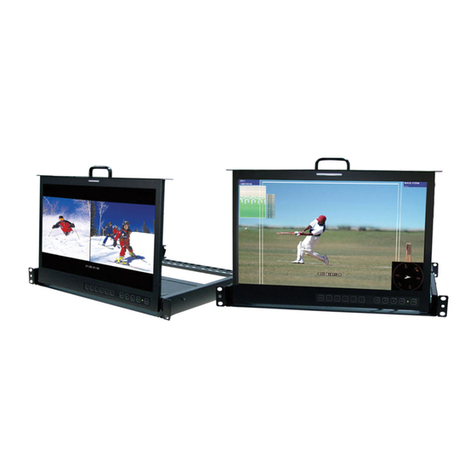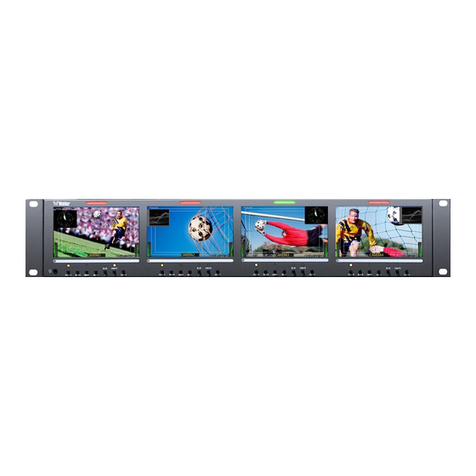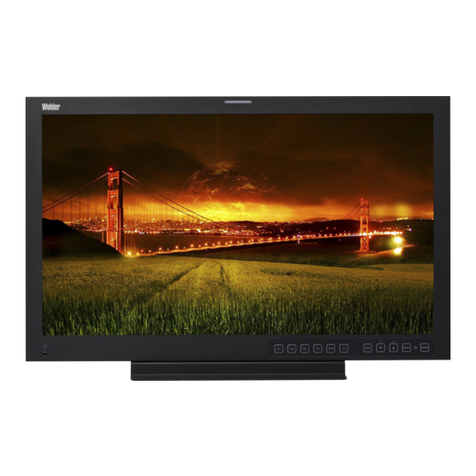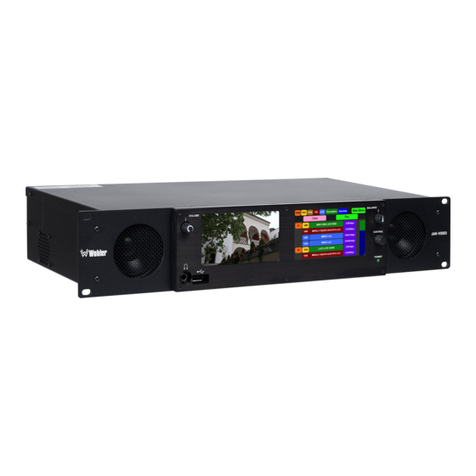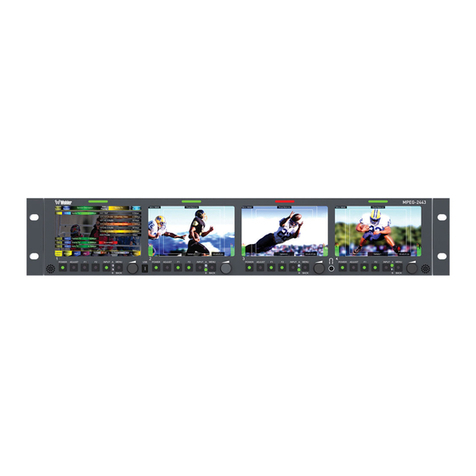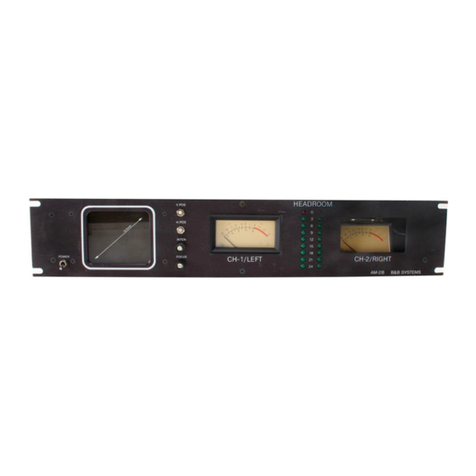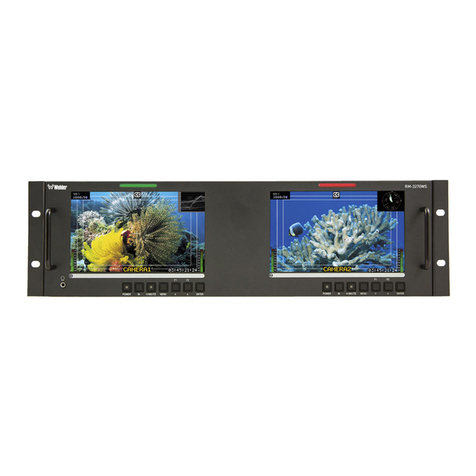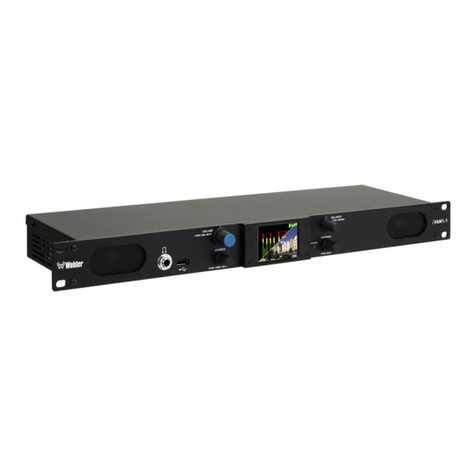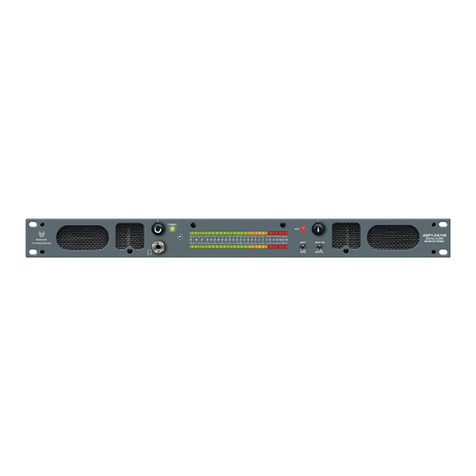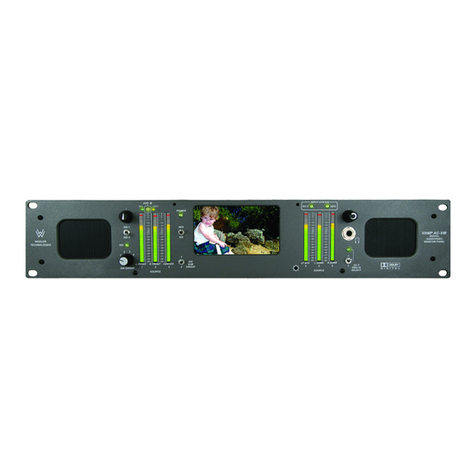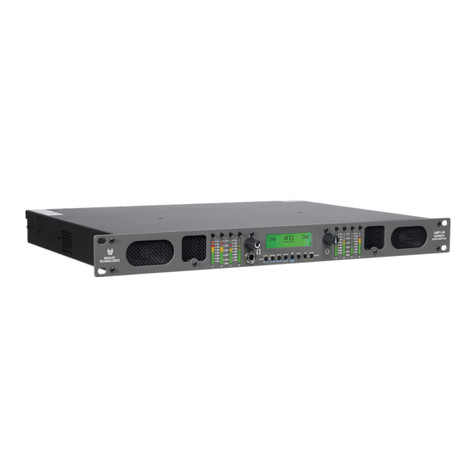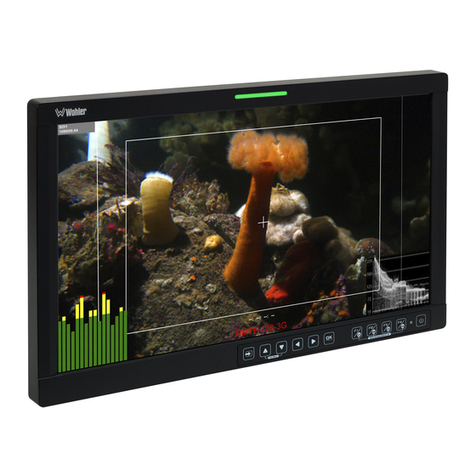
iVAM1-12G
Page 4
Analog Configuration .......................................................................... 39
System Options Menu ......................................................................... 40
Network Settings................................................................................ 40
System Reboot .................................................................................. 42
System Update .................................................................................. 43
Factory Reset .................................................................................... 44
System Information............................................................................ 45
CHAPT R 3:
Technical Info ............................................................... 46
CHAPT R 4: The iVAM1-12G Web GUI.................................................. 51
Web Browser / Control Device........................................................................ 51
First Time IP Assignments ............................................................................. 51
Peer-to-Peer Connection...................................................................... 51
Network Connection............................................................................ 52
Network Setup............................................................................................. 53
Dashboard .................................................................................................. 54
Audio Meters ............................................................................................... 58
System Preferences...................................................................................... 59
System Audio Clock Reference ............................................................. 59
Loudness Configuration Tab ................................................................. 60
Phase Indicator Configuration Tab......................................................... 61
Preset Management...................................................................................... 62
Dolby Presets .............................................................................................. 67
Output Routing ............................................................................................ 68
Destination Outputs............................................................................ 69
Source Inputs .................................................................................... 69
Output Options .................................................................................. 70
Typical Questions Regarding Output Routing .................................................... 70
What signal outputs can be controlled using the Output Routing feature? ... 70
How do the outputs behave if I do not purchase OPT-OUTPUT-ROUTING
license? ............................................................................................ 71
What is the difference between Global Output Routing and Output Routing in
Presets?............................................................................................ 71
How do I route whatever is being monitored to the XLR and A S outputs?.. 71
How do I have a downmixed pre-fade output on A S Pair-1 combined with a
post-fade output on the Analog XLRs? ................................................... 72
How do I make the XLR outputs follow the Audio Meter screen solos & mutes
while the A S Pair-1 does not?............................................................. 72
How do I route only specific monitored channels to the Analog XLR outputs?
....................................................................................................... 73
The optional Global Output Routing feature works great. But what if we don't
want to create any Presets and want to monitor audio only using Source
Select? How would I configure different outputs for Source Select choices?. 73
How do I keep the internal speakers muted and have audio only on the
analog XLR outputs? ........................................................................... 74
How do I ensure that the outputs are automatically muted when the
Headphone jack is inserted?................................................................. 74
What are AoIP-Pair 9 and AoIP Pair 10?................................................. 74
How do I ensure that my outputs are pre-faded but follow the solo-mutes on
the web interface? This will allow us to monitor only the unmuted/solo Audio
Meter channels on amplified stereo speakers connected to the Analog XLR’s.
....................................................................................................... 75
Preset Replication......................................................................................... 76
